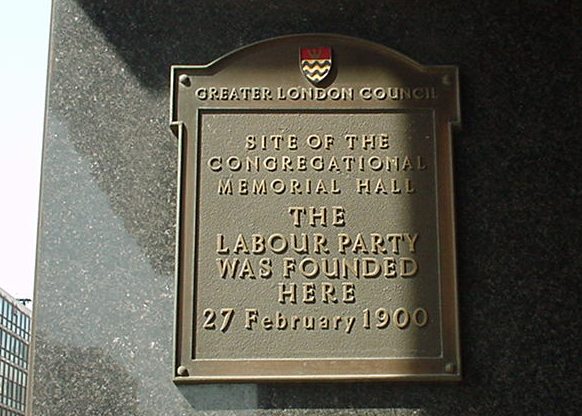|
Fatima Cates
Fatima Elizabeth Cates (born Frances Elizabeth Murray; 5 January 1865 – 29 October 1900) was a British Muslim convert and activist, who co-founded the Liverpool Muslim Institute. She was one of the first women in Britain to convert to Islam. Early life Frances Elizabeth Murray was born on 5 January 1865 in Birkenhead into a strict Christian family. Her parents were Agnes (née Mitchell) and John Murray, an Irish porter who worked at the nearby Birkenhead Market. When she was 5, her father died from presumed pulmonary tuberculosis and her mother married stone mason Peter Cottam three years later. Conversion to Islam By the time she was 19, she had become a temperance activist and was the secretary of the Association of Prohibition of Alcohol in Birkenhead. Through this she attended a public talk by Abdullah Quilliam about "The Great Arabian Teetotaller", where she questioned Quilliam about Muhammad's views on women and alcohol, which challenged some of her previous held beli ... [...More Info...] [...Related Items...] OR: [Wikipedia] [Google] [Baidu] |
Birkenhead
Birkenhead () is a town in the Metropolitan Borough of Wirral, Merseyside, England. The town is on the Wirral Peninsula, along the west bank of the River Mersey, opposite Liverpool. It lies within the Historic counties of England, historic county boundaries of Cheshire, and became part of Merseyside in 1974. At the 2021 United Kingdom census, 2021 census, the built up area as defined by the Office for National Statistics had a population of 109,835. Birkenhead Priory and the Mersey Ferry were established in the 12th century. In the 19th century, Birkenhead expanded greatly as a consequence of the Industrial Revolution, leading to a shipbuilding firm which became Cammell Laird. A Great Float, seaport was established. As the town grew, Birkenhead Park and Hamilton Square were laid out. The first street tramway in Britain was built, followed by the Mersey Railway which connected Birkenhead and Liverpool through the world's first railway tunnel beneath a tidal estuary. In the sec ... [...More Info...] [...Related Items...] OR: [Wikipedia] [Google] [Baidu] |
1900 Deaths
As of March 1 (Old Style, O.S. February 17), when the Julian calendar acknowledged a leap day and the Gregorian calendar did not, the Julian calendar fell one day further behind, bringing the difference to 13 days until February 28 (Old Style, O.S. February 15), 2100. Summary Political and military The year 1900 was the end of the 19th century and the beginning of the 20th century. Two days into the new year, the United States Secretary of State, U.S. Secretary of State John Hay announced the Open Door Policy regarding Qing dynasty, China, advocating for equal access for all nations to the Chinese market. The 1900 Galveston hurricane, Galveston hurricane would become the List of disasters in the United States by death toll, deadliest natural disaster in United States history, killing between 6,000 and 12,000 people, mostly in and near Galveston, Texas, as well as leaving 10,000 people homeless, destroying 7,000 buildings of all kinds in Galveston. As of 2025, it remains ... [...More Info...] [...Related Items...] OR: [Wikipedia] [Google] [Baidu] |
19th-century English People
The 19th century began on 1 January 1801 (represented by the Roman numerals MDCCCI), and ended on 31 December 1900 (MCM). It was the 9th century of the 2nd millennium. It was characterized by vast social upheaval. Slavery was abolished in much of Europe and the Americas. The First Industrial Revolution, though it began in the late 18th century, expanded beyond its British homeland for the first time during the 19th century, particularly remaking the economies and societies of the Low Countries, France, the Rhineland, Northern Italy, and the Northeastern United States. A few decades later, the Second Industrial Revolution led to ever more massive urbanization and much higher levels of productivity, profit, and prosperity, a pattern that continued into the 20th century. The Catholic Church, in response to the growing influence and power of modernism, secularism and materialism, formed the First Vatican Council in the late 19th century to deal with such problems and confirm ce ... [...More Info...] [...Related Items...] OR: [Wikipedia] [Google] [Baidu] |


